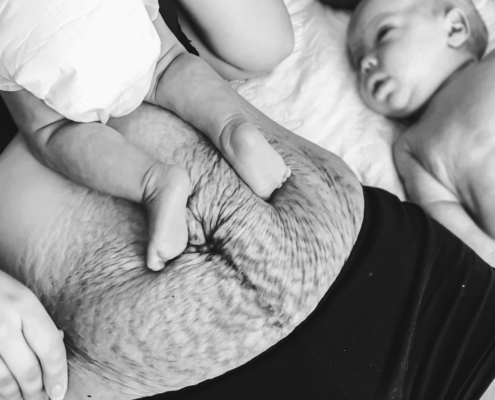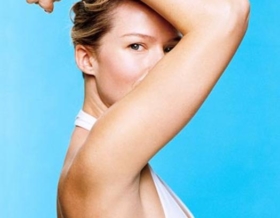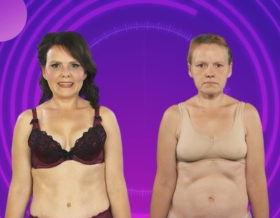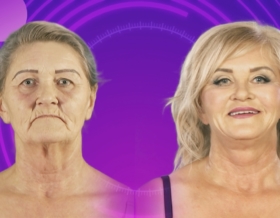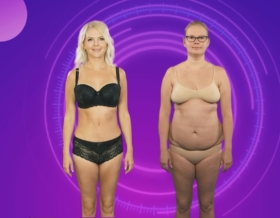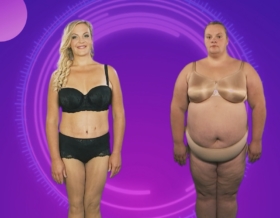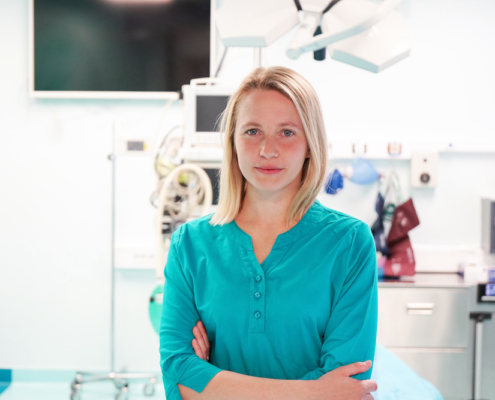 https://www.christinasclinic.ee/wp-content/uploads/Johanna-Sell-gunekoloog.jpg
667
1000
cc
https://www.christinasclinic.ee/wp-content/uploads/Christinas-Clinic-LOGO.png
cc2025-05-02 13:25:522025-10-07 10:59:57A talented young gynecologist, dr. Johanna Sell, has joined Christinas Clinic
https://www.christinasclinic.ee/wp-content/uploads/Johanna-Sell-gunekoloog.jpg
667
1000
cc
https://www.christinasclinic.ee/wp-content/uploads/Christinas-Clinic-LOGO.png
cc2025-05-02 13:25:522025-10-07 10:59:57A talented young gynecologist, dr. Johanna Sell, has joined Christinas ClinicInterview: being ashamed of breasts causes stress
We are talking to Brit-Carmen Norlan, the manager and consultant of Christinas Clinic, who has been helping women plan breast surgeries for already 29 years. We explore the planning and trends of breast surgery and discuss what an aesthetic body is all about.
Brit-Carmen, you have consulted thousands of women over the years, each with their own concerns. Who do you think could consider a breast surgery?
I am of the opinion that only a woman who feels uncomfortable with her breasts should come to the clinic. Sometimes women end up in a consultation because someone else had said something bad about their body, and other times a woman wants to look like her friend, or to please her husband, in some cases the husband tries to dictate the size of the implants himself. However, only a woman herself can make decisions about her own breasts.
Surgery should be considered by a woman who, due to the external deformities of her body, begins to limit her life and pleasures. In most cases, this means that she is not happy with her breasts, therefore, she is constantly uncomfortable, she avoids different situations, limits herself and her activities. In the consultation room I often see how such constant stress has exhausted a woman.
For example, it is quite common to avoid doing sports just because you do not want to be naked in a changing room with other women. In the same way, problems arise in intimacy – some women say that they never take off their bras in front of their husbands. In a situation where the characteristics of the body disrupt a woman’s life, it would indeed be wise to make these changes.
When a woman has decided in favour of a breast surgery, how to choose the right breast size for her?
As a rule, the implant must give the impression of a natural breast, both when viewed and touched. First of all, it definitely means placing the implants behind the breast muscle.
Secondly, the implants must match the proportions of the woman and form a harmonious whole with the rest of her body. Coming to a plastic surgeon does not mean getting big “melons” or “artificial tits”, as they try to say in a derogatory way. That has been out of fashion for a long time. Rather, we shape beautiful and streamlined bodies here. For example, let us look at the Victoria’s Secret models – they do not have giant breasts, but breast sizes that emphasize the femininity of the body.
In order to find the right size, we consider a number of different female parameters: height and weight, width of shoulders and hips, chest circumference and breast base. Finally, we let the patient try the implant sizers and have a look together in front of the mirror to see what size makes the best overall impression.
Fortunately, at that stage, all women already realize that the aesthetic result is not guaranteed by two large balls, but by the body as a harmonious whole.
From the plastic surgeon’s point of view, are there any norms, in addition to the harmonious overall picture, that the breasts should meet?
The norm as such does not exist, every woman has different breasts, and every woman feels differently with her breasts. Some have large and elongated breasts, but there is not the slightest shame in the consultation. At the same time, someone else with beautiful and round breasts hides them from the eyes of others. Women’s perceptions and awareness of their breasts are very different.
However, there are parameters on which the surgeons base their work. Each woman can take a measuring tape at home and test the extent to which her breasts fit into these parameters. For ideal breasts, an equilateral triangle should form between the nipples and the jugularis (the intersection of the collarbones). If the sides of the triangle are of different lengths, we get an idea whether the breasts are too low, too far apart, or asymmetrical.
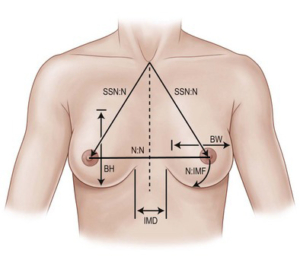
Source: G. Patrick Maxwell, Allen Gabriel; https://plasticsurgerykey.com/breast-augmentation/
Women with deformed breasts are most often classified for having surgery. In particular that applies to deformities associated with pregnancy, childbirth, breastfeeding and massive weight loss.
In 29 years, have you noticed a change in the wishes of women as well?
Yes, it is very good to see how the times have changed. 29 years ago, we mainly used implants in the sizes of 120-220cc. This means that we increased a breast from half up to one cup, from cup A to a small B. Then the desires began to grow. 20 years ago, breasts were enlarged by one and a half cups (300-350cc) and ten years ago by two cups (350-400cc), so that a cup A became C.
Today we have returned to smaller breast implants. Even if a woman’s breasts are stretched, we do not simply fill the excess skin with an implant, as was customary in the past. Today, we prefer to remove part of the skin and perform breast lifting surgery or install implants that are according to fit the woman’s body.
The giant implants seem to be out of fashion. Can you guess where it comes from?
I think women have begun to understand what it means to live with such big breasts. Large breasts are rather reduced to make life easier.
For example, the increased physical activity of women speaks against large breasts. When performing breast surgery, one should also consider the sports that she is engaged in and how comfortable it would be to run with bigger breasts, go to the gym or play tennis.
Everyone can try life with big breasts at home and hang a litre of milk on their necks. It may not seem so difficult at first, but in the long run it changes a woman’s centre of gravity and pushes it beyond the norm.
Finally, what would you say to women who have opted for breast surgery?
I quote from a patient who compared breast surgery to giving birth: “In the beginning it is bad, it hurts, and you think why do I need it? But as the inconvenience passes, there is only beauty and pleasure and all the effort is fully worth it.”
Read more HERE
Attention! This is a healthcare service. Christinas Clinic is licensed by the Health Board, permit L04979 (CBF Medical OÜ).


